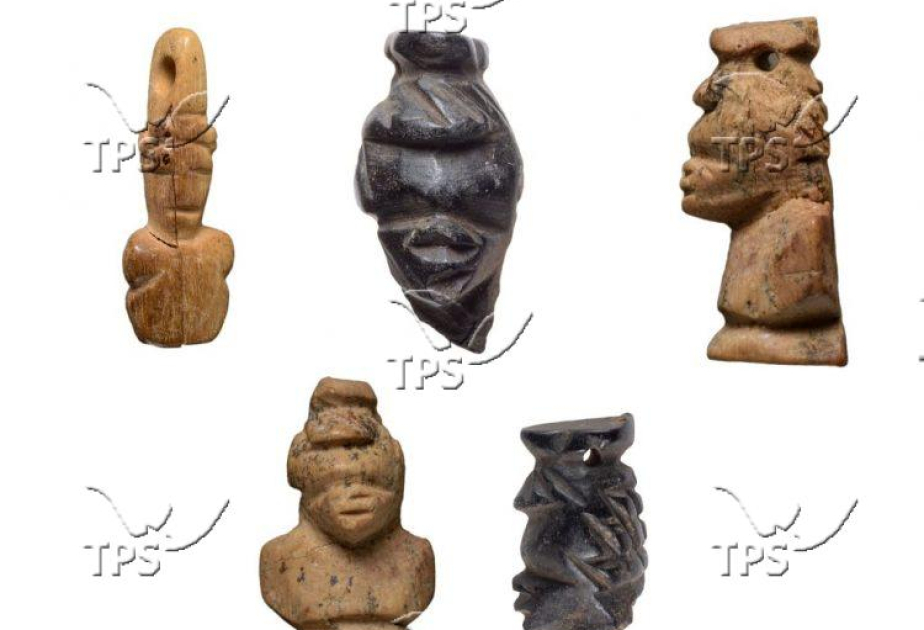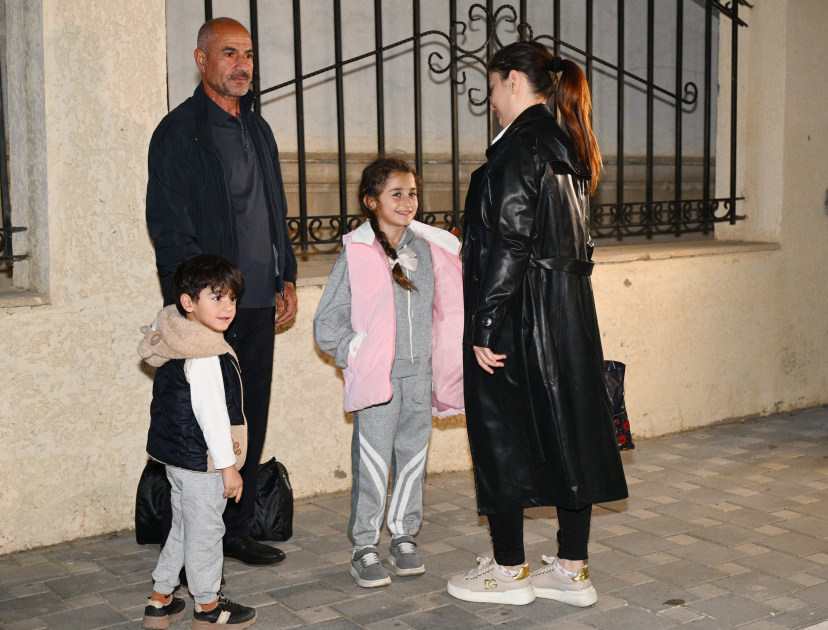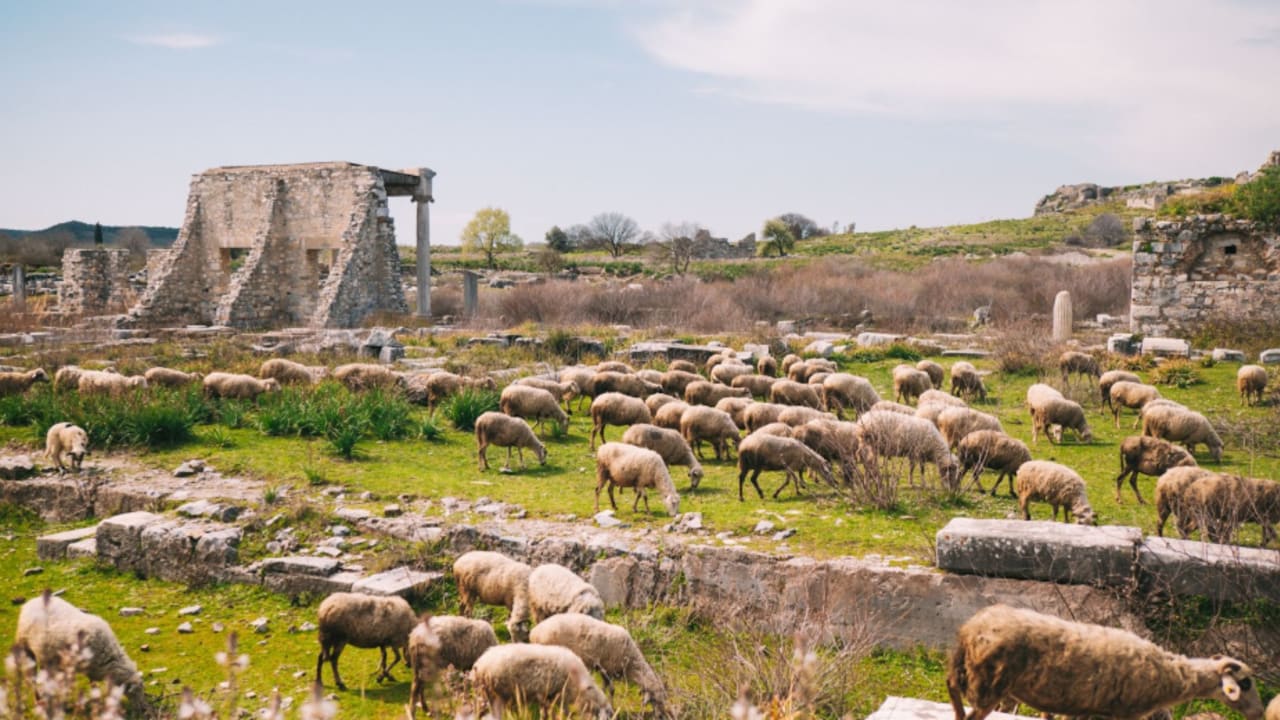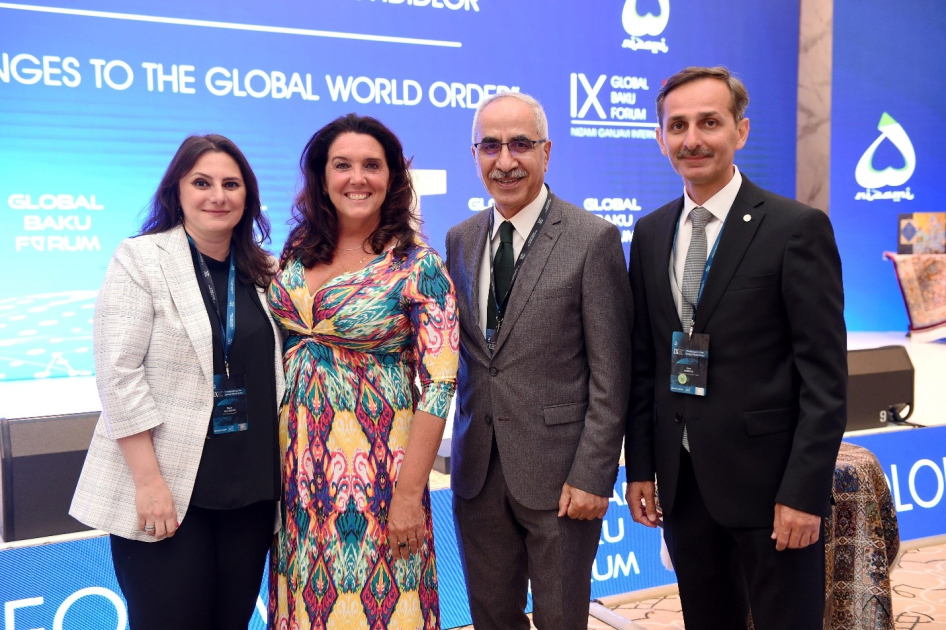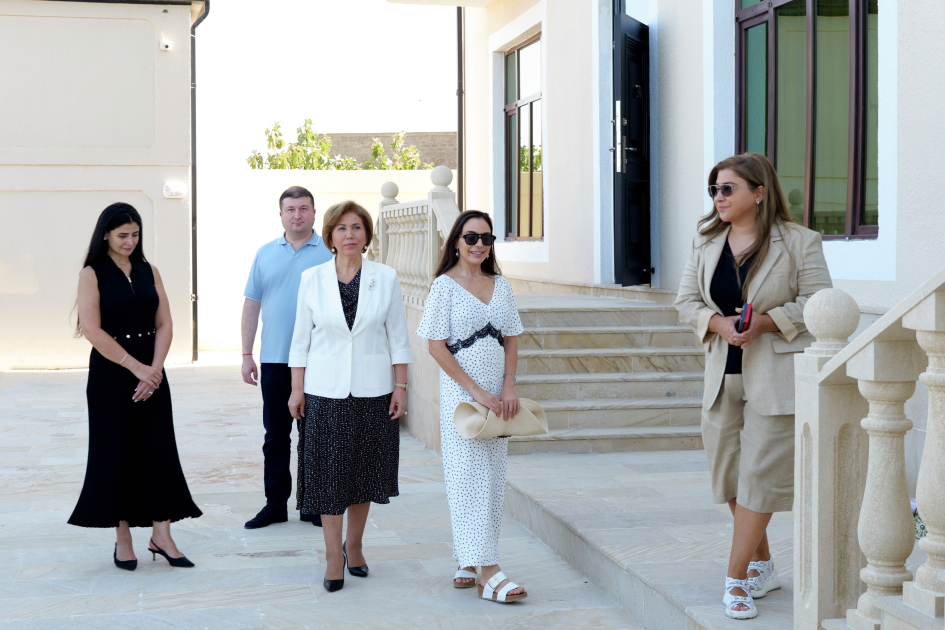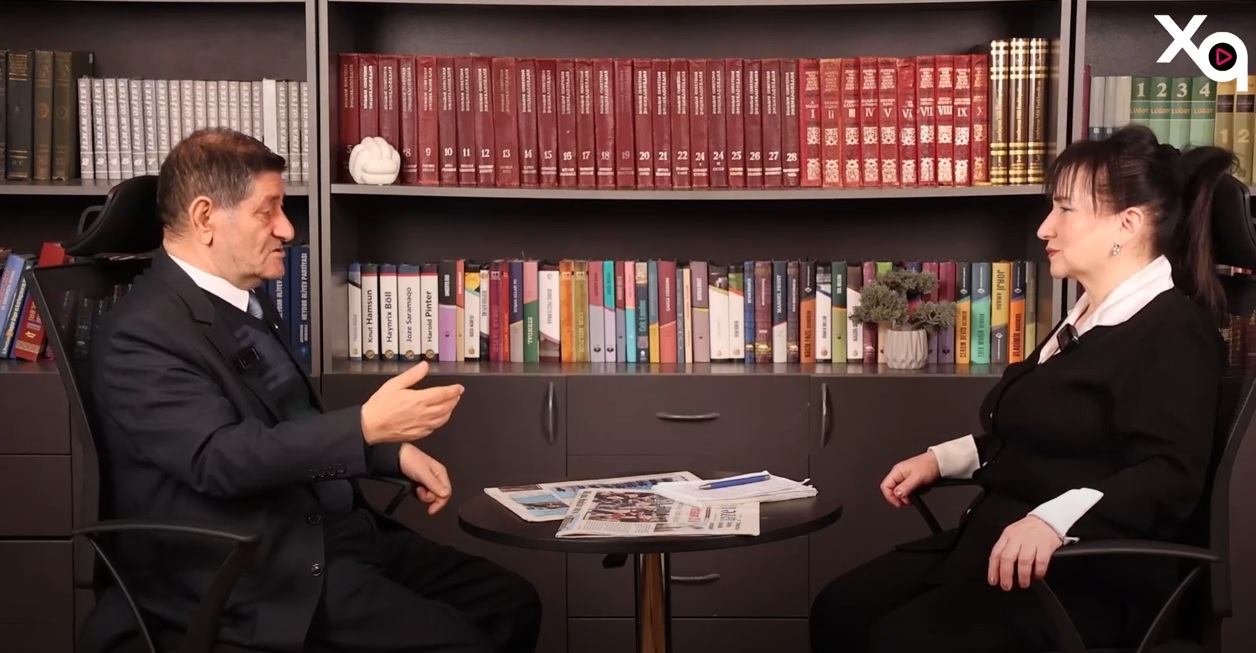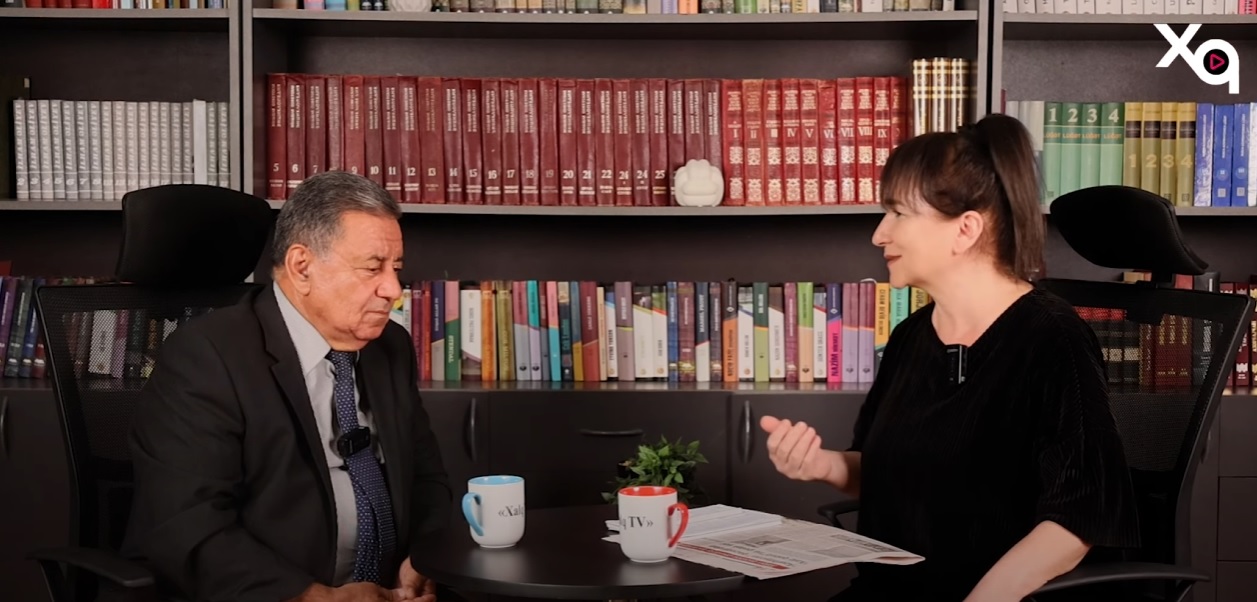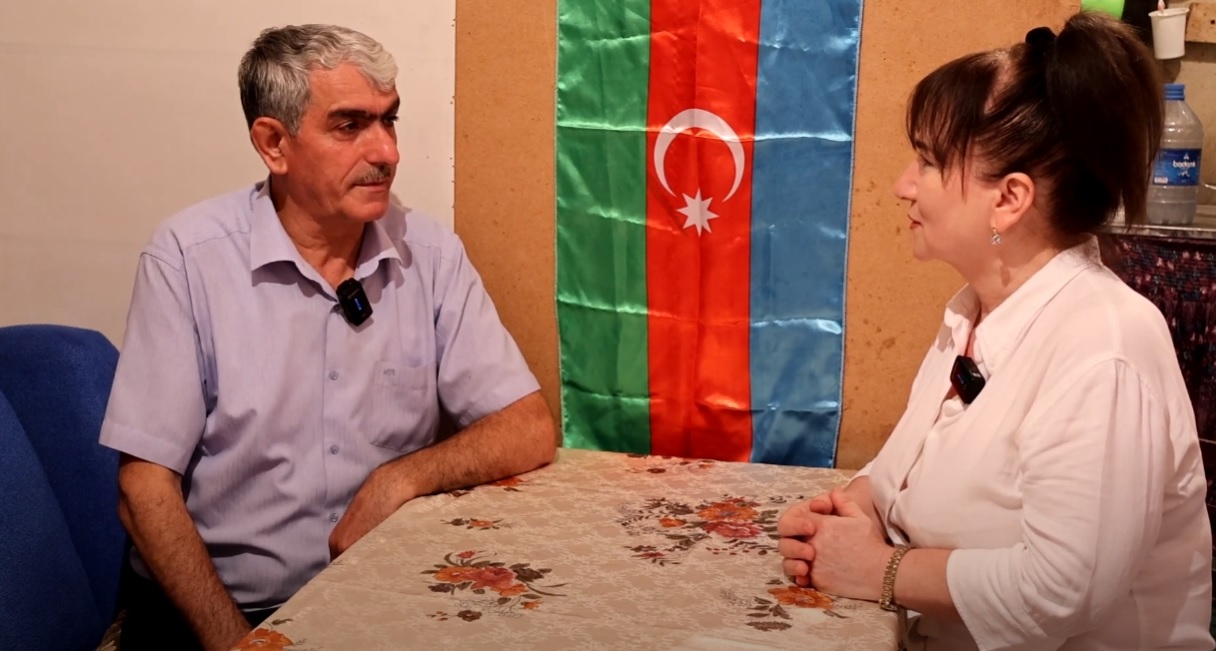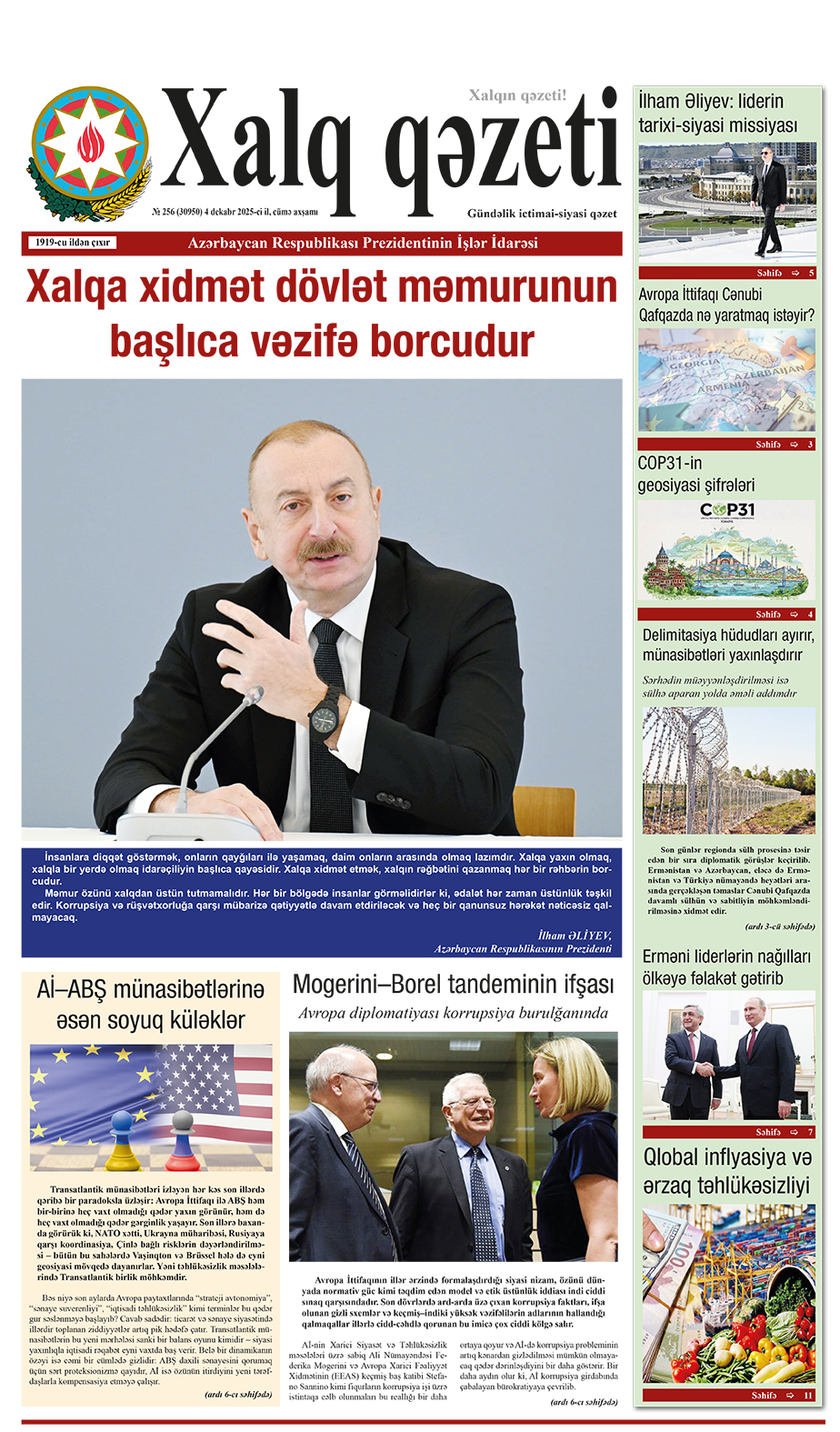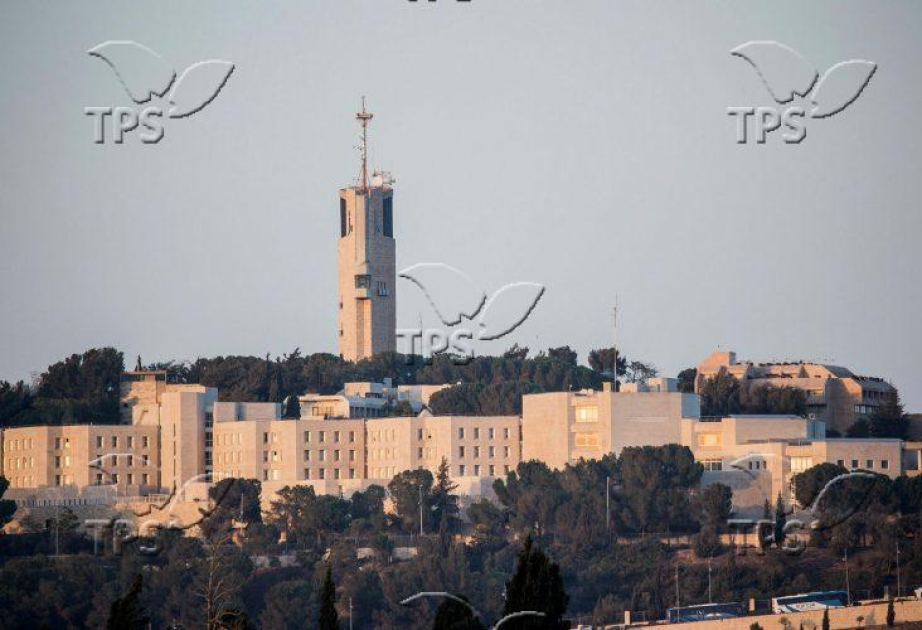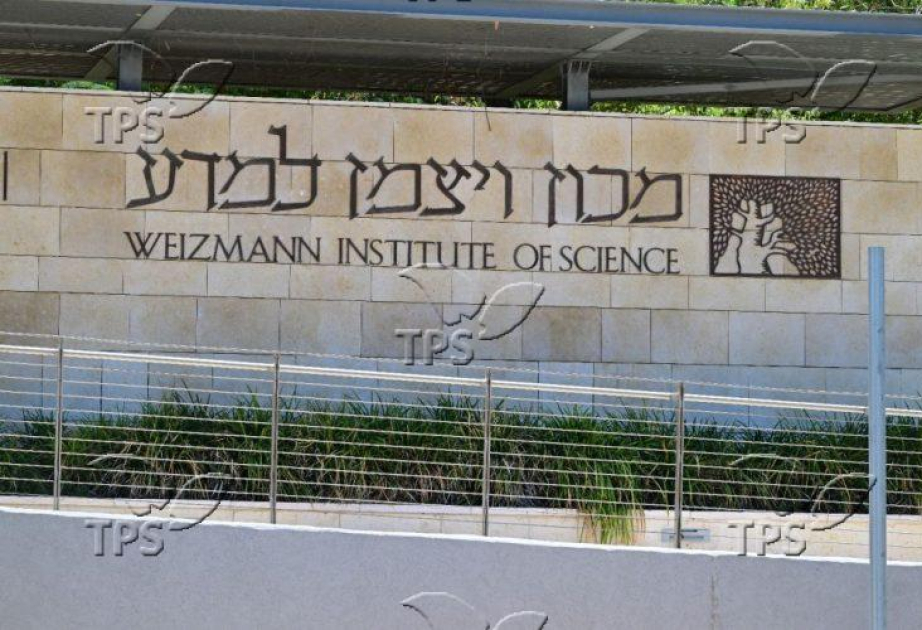Rare and unique artifacts have recently been uncovered in the Negev Desert, shedding light on the unexpected cultural diversity in the region 1,500 years ago, the Press Service of Israel (TPS-IL) reported citing the Israel Antiquities Authority. “Finding African figurines in local Christian graves is a rare and important discovery,” said Dr. Noe Michael of the Antiquities Authority and the University of Cologne, who led the dig. “It deepens our understanding of the cultural diversity of the inhabitants of this region during the 6th and 7th centuries.”
Five small figurines, including heads of African figures carved from black wood, were discovered in ancient graves at Tel Malḥata, a site located in the Arad Valley east of Beer-Sheva. The graves, dating back to the 6th-7th centuries CE, belonged to women and children.
The findings were recently published in the Israel Antiquities Authority’s peer-reviewed Atiqot journal.
The figurines, intricately carved from bone and ebony wood, which is sourced from southern India and Sri Lanka, depict both men and women with prominent African facial features. These small artifacts also feature holes, suggesting they were intended to be worn as jewelry, possibly necklaces.
“The figurines show that a Christian community lived in the south of the country about 1,500 years ago, possibly with some of its members coming from Africa,” explained Michael. “They were not just decorative but likely served as intimate personal items, carrying stories of identity, tradition, and memory.”
The researchers believe that the figurines may have had a deeper cultural and spiritual significance, possibly representing ancestors and reflecting traditions passed down through generations. Despite the adoption of Christianity by the community, these objects seem to preserve a connection to older, pre-Christian customs.
The discovery is particularly striking because it highlights the multicultural nature of the Roman-Byzantine period in the region. Tel Malḥata, situated along major trade routes, was a crossroads for merchants from Southern Arabia, India, and Africa, the Antiquities Authority said.
In addition to the figurines, other burial offerings found in the tombs included glassware, jewelry made of stone and alabaster, and bronze bracelets, all typical of the period. The graves themselves suggest a Christian burial tradition, adding another layer to the complexity of this ancient community. The researchers hypothesize that a woman and a child, buried together with two of the figurines, may have been family members, perhaps even a mother and son.
Tel Malḥata has been identified with several biblical locations, including Moladah, Hormah, or Baalat-Beer. Some scholars suggest that the name corresponds to the city of “Arad of Jehoram” mentioned in the conquest list of Pharaoh Sheshonq I. During the Roman period, the site is believed to have been a fortress known as Malatha or Moleatha. Excavations at Tel Malḥata have revealed six occupational strata, spanning from the Middle Bronze Age to the Byzantine period.
“The finds from Tel Malḥata are moving not only from an archaeological perspective, but also on a human level,” said Antiquities Authority director Eli Escusido.”They remind us that the Land of Israel has always been a crossroads of cultures and peoples. Individuals arrived here, integrated into the local population, and yet still carried with them traditions and beliefs from distant lands.”


